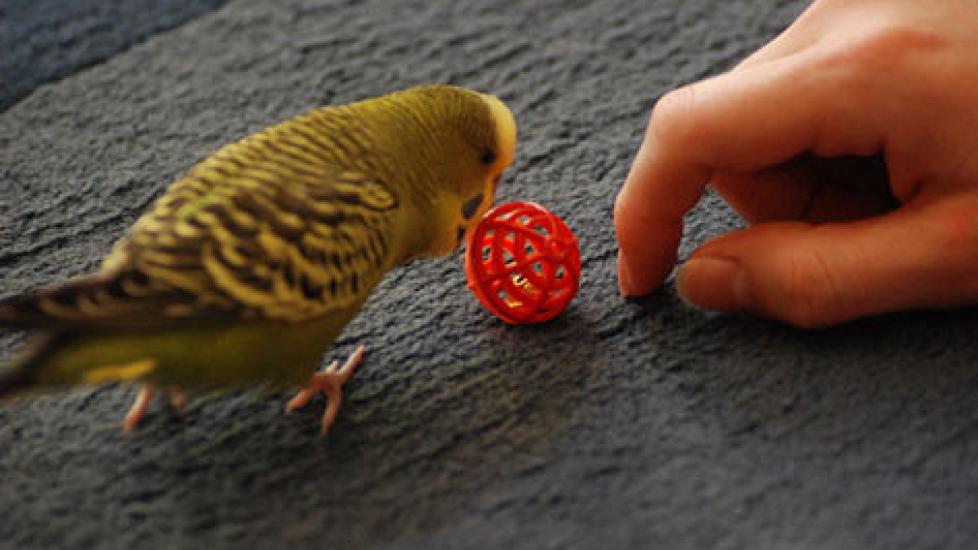Top Three 'Starter' Birds
What's harder than choosing your first pet bird? Hmmm...not much. So we've made it easy for you by choosing three “starter” birds that are perfect for the budding bird fancier.
Birds make wonderful pets. And we're not just talking about birds you see on TV. Sure, Big Bird from Sesame Street looks like he's house-trained, but think logistics; e.g., the amount of food and space required. And what of the Looney Tunes cartoon character Tweety Bird? He might be small, but his antics are most definitely not and they will quickly become annoying. So forget TV birds. Real birds are better and, more importantly, are easier to find at the local pet store.
When it comes time to choosing a bird, do your research. Birds can be expensive and often need complicated care, so it is better to get a “starter” bird rather than to go straight for the exotic beauty you've always wanted.
Of course, apart from researching the type of bird you want, make sure you know a thing or two about bird cages and diet. First, get the biggest, most luxurious cage you can afford -- even for a small bird. You wouldn’t want to be cramped in your closet all day long, right? Well, neither does your bird. As far as diet is concerned, consult the bird specialist at your pet store or a veterinarian, as diets are specific to the species of bird.
Now that you understand about bird cages and diet, here are three great recommendations for “starter” birds.
Finch
Finches are great, inexpensive and easy to care for, though it is best to get them in pairs, as they enjoy feathery companions. It requires little human interaction and unlike other birds, you do need to let the finch out of its cage to fly around the room much. It is perfect for kids or beginning bird enthusiasts.
Canary
The canary has long since been phased out of the coal mine. It once served an important use for miners -- warning them of toxic gases in the air -- but now the canary best fits as a “starter” bird. Like the finch, it is fairly inexpensive, although male canaries usually cost more, as they are the ones that sing. The canary also requires little interaction; give it an appropriately-sized, clean cage, food and water, and it is set. Quite the entertainer, it will amuse itself without much human interaction. Perfect for kids or busy people who want a pretty bird to have and look at.
Budgerigar
The budgie, also known as the parakeet, is actually the world's second smallest parrot. But unlike most parrots, it is not demanding. It is more playful than either the canary or the finch and requires very little care to remain healthy and happy. The budgie is also able to “talk,” but it is not a chatterbox and will not “talk” at an annoying volume. If you prefer to have more of an interactive relationship with the budgie, then get only one, as it will tend to be more sociable with its own kind than with humans.
Regardless of the type of bird you decide to purchase, make sure you consult a bird specialist to learn more about the breed and to get all the necessary supplies before bringing it home. And remember, when we say these birds need little care, we are not encouraging neglect. These are living creatures that deserve all the love, attention and care you can give them. Some just prefer space. Don't we all sometimes?
Image: Tom Reynolds / via Flickr
